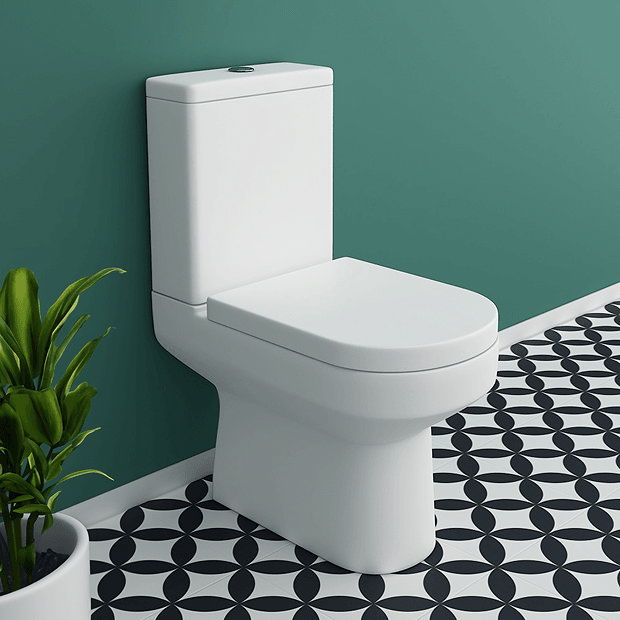
Most toilets are composed of porcelain, which is a hard and durable material.
After burning, the porcelain surface becomes smooth, non-porous, and stain-resistant, making it simple to clean, even in white.
When fired at high temperatures, porcelain becomes white. Toilets can be manufactured in a variety of colors by adding pigments before the glaze cures in the kiln. However, to save money and labor, manufacturers frequently opt to leave the toilet white rather than add a coloring phase.
White frequently conveys a sense of cleanliness, safety, and purity.

This is also why hospitals and restrooms are frequently painted white to provide the appearance of a clean and antiseptic environment.
White is a neutral hue that creates a sense of space and works well with any design style or bathroom size.
Another reason is that filth and bacteria are more evident on a white surface, encouraging people to clean their toilets more often.















